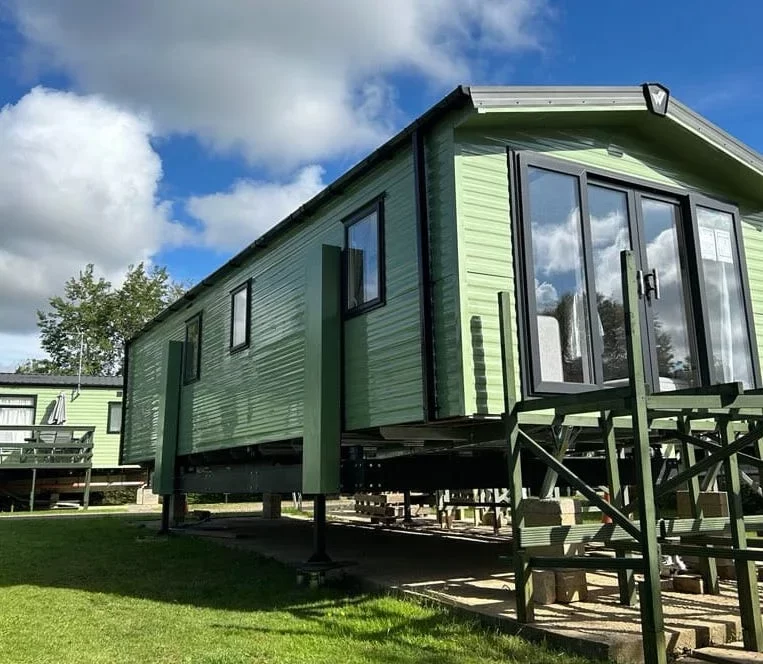Twelve years in the making, our ground-breaking, multi-purpose Flood Adaptive Platform is a mechanical jack system that’s designed to detect and react to flood conditions by automatically elevating above the rising water. It has already been successfully applied to modular buildings and mobile homes/holiday lodges, but it’s potential is limitless.
Based on research we’ve commissioned, The Flood Adaptive Platform costs 40 per cent less to install, operate and maintain than other comparable methods of flood risk mitigation, including flotation-based systems.
By adopting a low-carbon, off-site approach to its assembly, the greenhouse gas emissions from manufacturing, operating and maintaining the Flood Adaptive Platform are up to 90 per cent lower than those from comparable methods of flood risk mitigation.
The Flood Adaptive Platform adheres to the relevant regulatory frameworks for quality and safety. It complies with both UKCA and CE marking standards, ensuring that it meets all applicable safety, health, and environmental regulations in the UK and EU markets.
Prices start from as little as £12,000. Contact us today for a quote.







